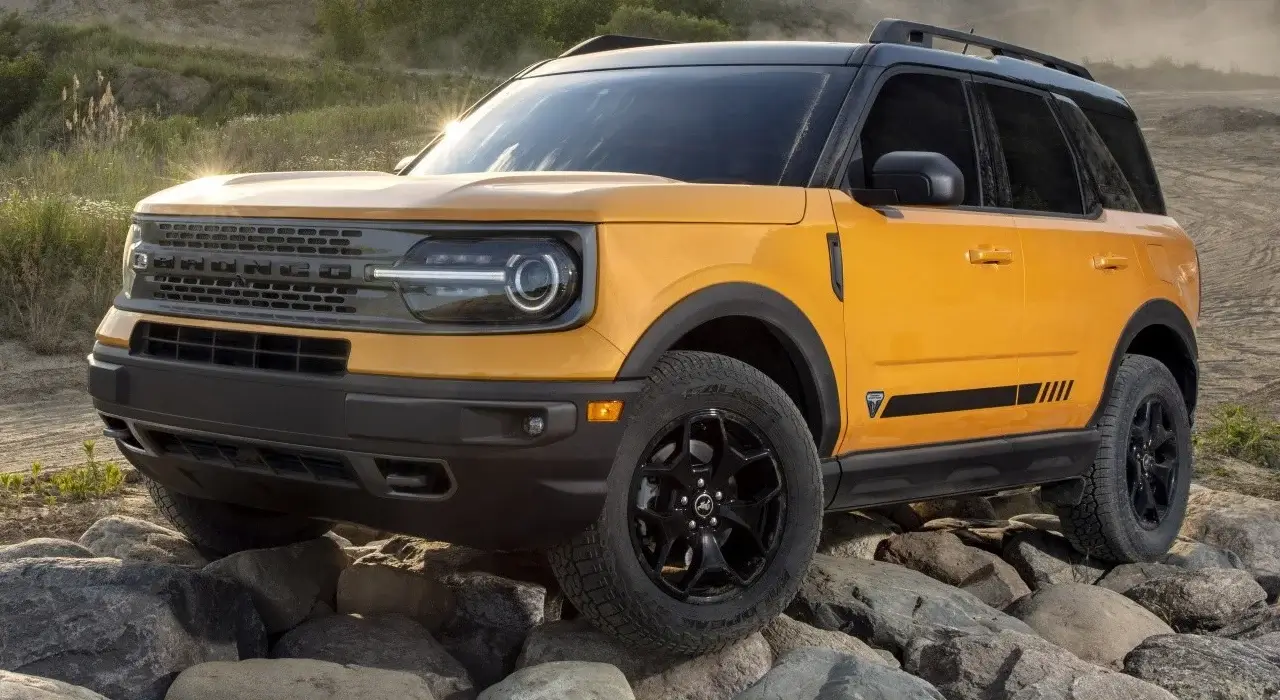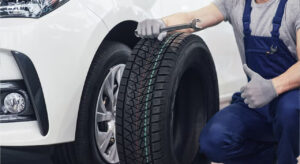Off-roading and outdoor activities, as well as the vehicles used to navigate unpaved roads and terrain, are more prevalent than ever. Off-road tires have blocky, heavy-duty tread patterns and puncture-resistant sidewalls to endure impact from driving into boulders while also keeping traction in the dirt and muddy debris.
The majority of off-road tires are designed for light trucks, pickup trucks, and SUVs, but as more automakers offer sedans and crossovers with all-terrain performance, off-road tire options for light vehicles are expanding. When it comes to tackling the trails with ease, there are a lot of factors to consider when driving off the smooth routes, but choosing the best off-road tire types for SUVs is at the top of the list.
The common types of off-road tires
All-terrain tires and mud-terrain tires are the two most common options when it comes to off-road tires. All-terrain tires provide traction on a variety of surfaces, both on and off the road.
They combine off-road tires’ open tread pattern with regular tires’ acceleration and handling. It’s crucial to keep in mind that these tires are multi-purpose.
As a result, it is not the best choice if you exclusively drive on highways and paved roads or drive only off-road. All-terrain tires are primarily prevalent in SUVs, pickup trucks, light trucks, campers, and 4-wheel drive cars.
Pros of using all-terrain tires
- Designed with an open tread pattern
On off-road surfaces, it ends up taking more proactive tire traction. Many interlocking tread patterns give excellent traction on boulders and dirt, along with appropriate control on paved roads. All-terrain tires with an open tread pattern provide better traction in off-road settings and excellent handling on regular roads. The sidewalls are also reinforced, which can increase the load-carrying capability of the vehicle and can withstand off-road activities.
Suggestion: 9 Best Seat Covers For Toyota Highlander Review in 2022 To Buy Online
- All-Year-Long Usability
All-terrain vehicles can be driven throughout the year without needing to replace weather-specific tires since they can manage regular driving conditions, off-road environments, and snowy settings.
Cons of using all-terrain tires
- Loud noise
Because of the tread pattern, the tires are noisier than standard all-season tires. Block tread patterns on mud, off-road, and all-terrain tires produce a noticeably louder sound. Because of the treads’ unique design, air does not move as freely between the grooves.
As a result, when driving, the tires make a louder noise than normal tires. The grooves on these tires are normally symmetrical, but the grooves on the best touring tires are varied. This alters the sound of the air passing through them, although the air flows usually cancel each other out, resulting in less noise.
- Inclined to cupping
Because of their design, all-terrain tires are prone to cupping; the more dynamic the tire, the more likely it is to cup. In most cases, the primary reason is a lack of shock absorber control.
- Low fuel efficiency
In terms of fuel efficiency, all-terrain tires are in the middle, with regular tires using less and off-road tires using significantly more. All-terrain tires have lower fuel efficiency because of their heavy-duty character.
Suggestion: 7 Best Shocks For Silverado 2500HD To Buy Online In 2022
Mud-terrain Tire Specifications
Mud terrain tires are more suitable for off-road driving than all-terrain tires thanks to the enlarged space in between the blocks. The huge tread blocks can easily handle fallen branches or rocks that are common in the canyon bottom.
The big gaps in the tread design provide mud terrain tires with optimal traction that is crucial on muddy roads and on dirt. Driving on loose soil and wet road conditions is one of the best alternatives to the tread patterns are designed in a specific way that helps the vehicle provide better traction and stability in such conditions.
Pros of using mud-terrain tires
- Superior traction to A/T tires
Mud-terrain tires offer better traction than all-terrain tires, which makes them ideal for muddy and gravel roads. Due to the huge gaps in the tread pattern, they can easily handle roads with rocks, dirt, sand, and more.
- Ability to handle off-road conditions
The huge tread blocks that come with wide channels help mud terrain tires to push rocks or mud under the tire easily. Mud-terrain tires also help with ground clearance due to the large gaps and prevent the vehicle from getting stuck on dirt and debris.
Cons of using mud-terrain tires
- Louder noise levels
M/T tires are prone to making louder noises than all-terrain tires, which can be a drawback to consider.
- Shorter tread lifespan
While all-terrain tires tend to wear off easily, mud terrain tires wear off even faster due to the aggressive tread patterns.
Conclusion
Odd-road tires may differ in terms of specifications, advantages, and disadvantages. The right tire for your vehicle will depend on how well it fits your daily requirements. While mud-terrains are solely made for off-road conditions and perform inadequately in regular driving conditions, all-terrain tires can be suitable for both conditions but with moderate control and traction.







